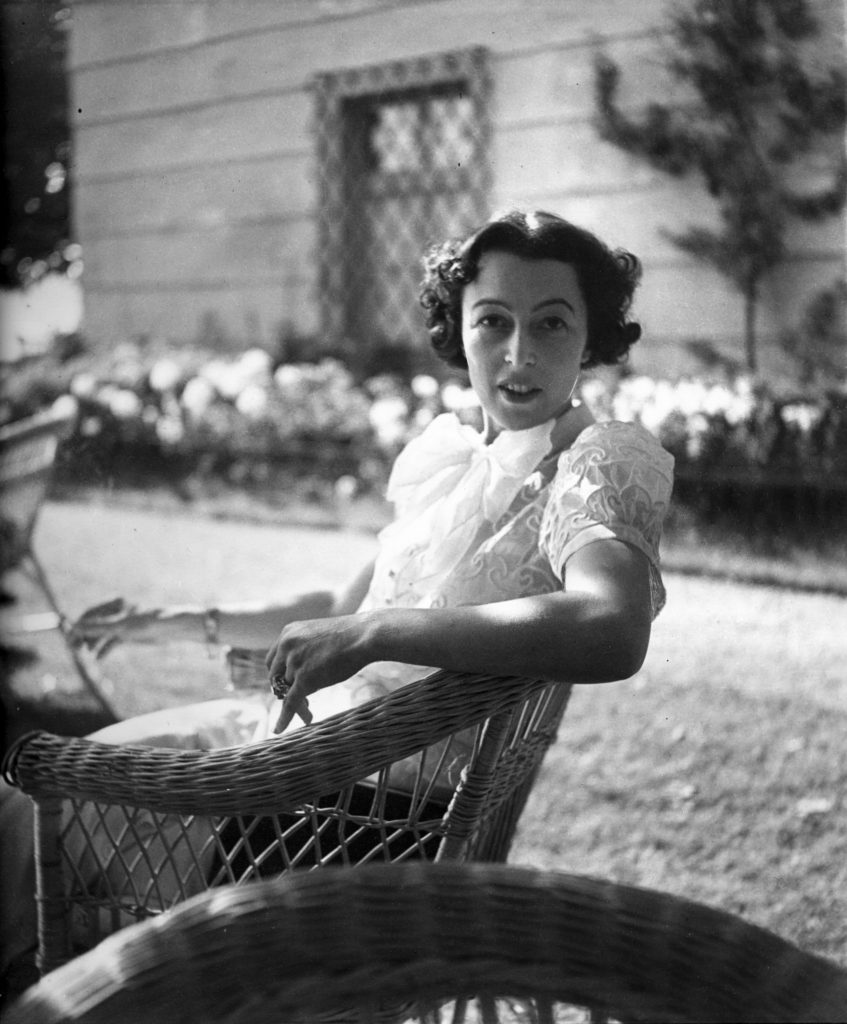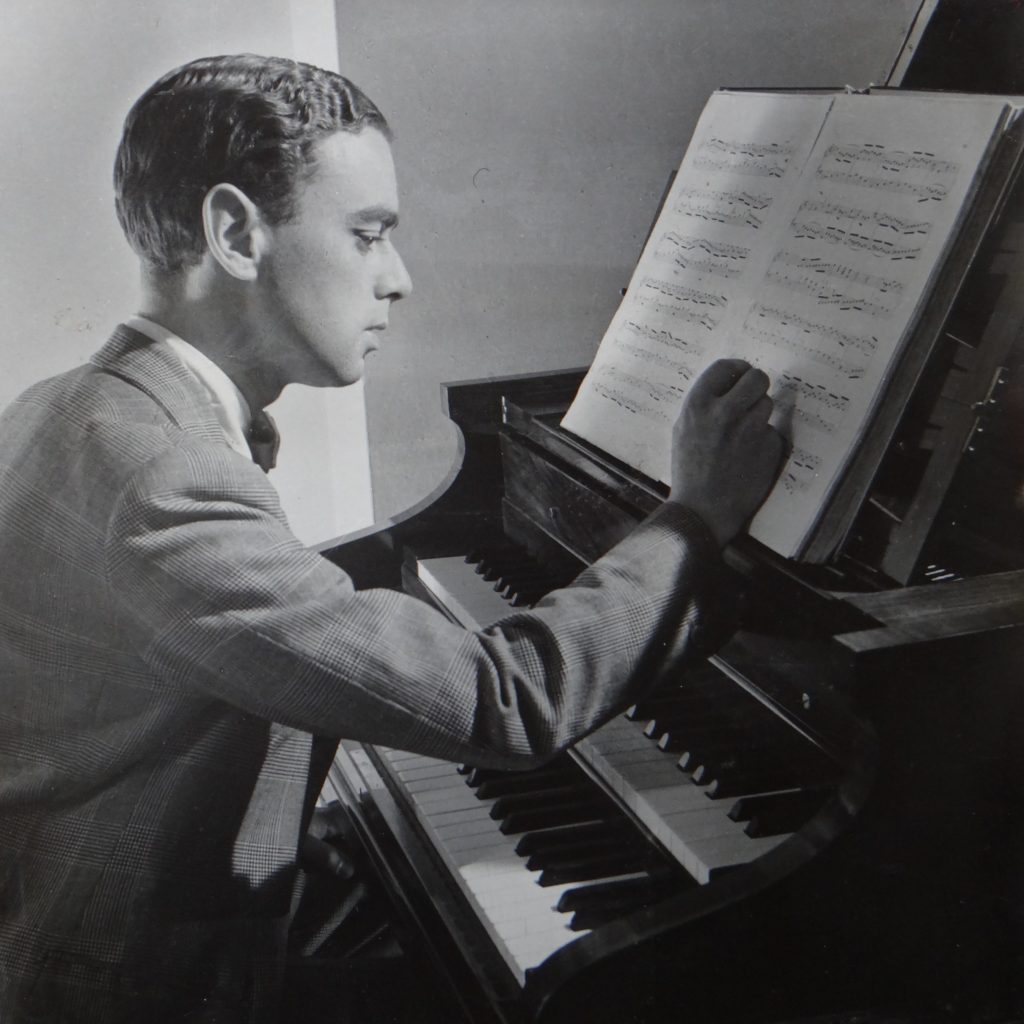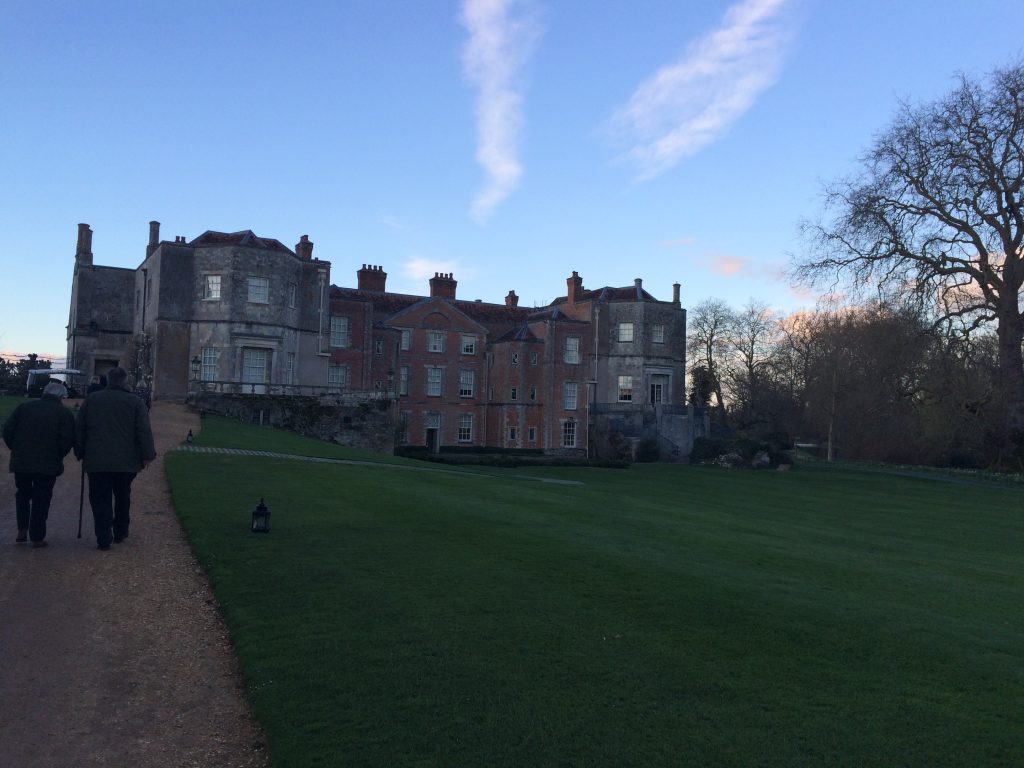A Constant Heart
PhD Student Kate Hawnt tells about recent developments in her research:
Last week I had the honour of being invited to attend the book launch of a very special publication that has considerable significance for my research: A CONSTANT HEART: The War Diaries of Maud Russell 1938-1945, edited by Emily Russell. The event happened at the National Trust property Mottisfont Abbey, once home to Maud Russell and the rest of the Russell family. Her youngest son, Raymond, is the focus of my PhD. I was excited about attending for many reasons; working with the National Trust it is always a joy to visit one of their properties after dark and experience it in a way that is more akin to a past inhabitant’s life. I have enjoyed meeting and communicating with Emily Russell as part of my research over the past 2 years, so I was very keen to have the opportunity to see her work come to fruition and meet other members of the extended Russell family. The best thing about the launch for me was to see how the publication of some of Maud’s diaries has impacted the interpretation of the rooms at Mottisfont and the property’s renewed focus on this fascinating and important woman.

This book also has a significant bearing on my PhD, part of an AHRC Collaborative Doctoral Award project entitled The Making of the Modern Harpsichord. My work concentrates on Raymond Russell’s interest in and advocacy for the harpsichord and, in particular, his collection of early keyboard instruments now housed at St Cecilia’s Hall, at the University of Edinburgh. In my first chapter (near completion) I have focussed on his early life and the cultural milieu that he and his family belonged to. His cultural upbringing was heavily fostered by his mother, who was herself a renowned artistic patron and collector. Raymond’s privileged youth and early manhood was set against a backdrop of global political wranglings and the eventual outbreak and continuation of World War II which had a direct impact on both him and his family. To gain an insight into his mother’s mind via her diaries and, of utmost value, to contextualise Raymond’s past within this tumultuous setting has been a crucial part of my research.

The painstaking work of Emily Russell in her editing of this book has been of immense value to me. She has investigated every family friend and visitor mentioned, documenting their connection to the family and where appropriate their political, social and artistic status. Through a foreword by John Julius Norwich (a long standing family friend of the Russells), and an introduction by Emily, both Mottisfont Abbey and the Russell family’s position within the social and political scene have been contextualised beautifully. Emily helpfully reports on the progress of the war between Maud’s diary entries, illuminating the events that Maud comments on with an added poignancy.
The book has been important in confirming familial connections and political leanings that I have focussed on in my first chapter, shed new light on the artist Rex Whistler’s work at Mottisfont and provided more evidence for the Russells’ musical taste and Raymond’s early musical motivation. I am still finding new sources of information as I work my way through it and it has the added benefit of being a complete pleasure to read!
Many thanks to Emily Russell for her work and her invitation.


